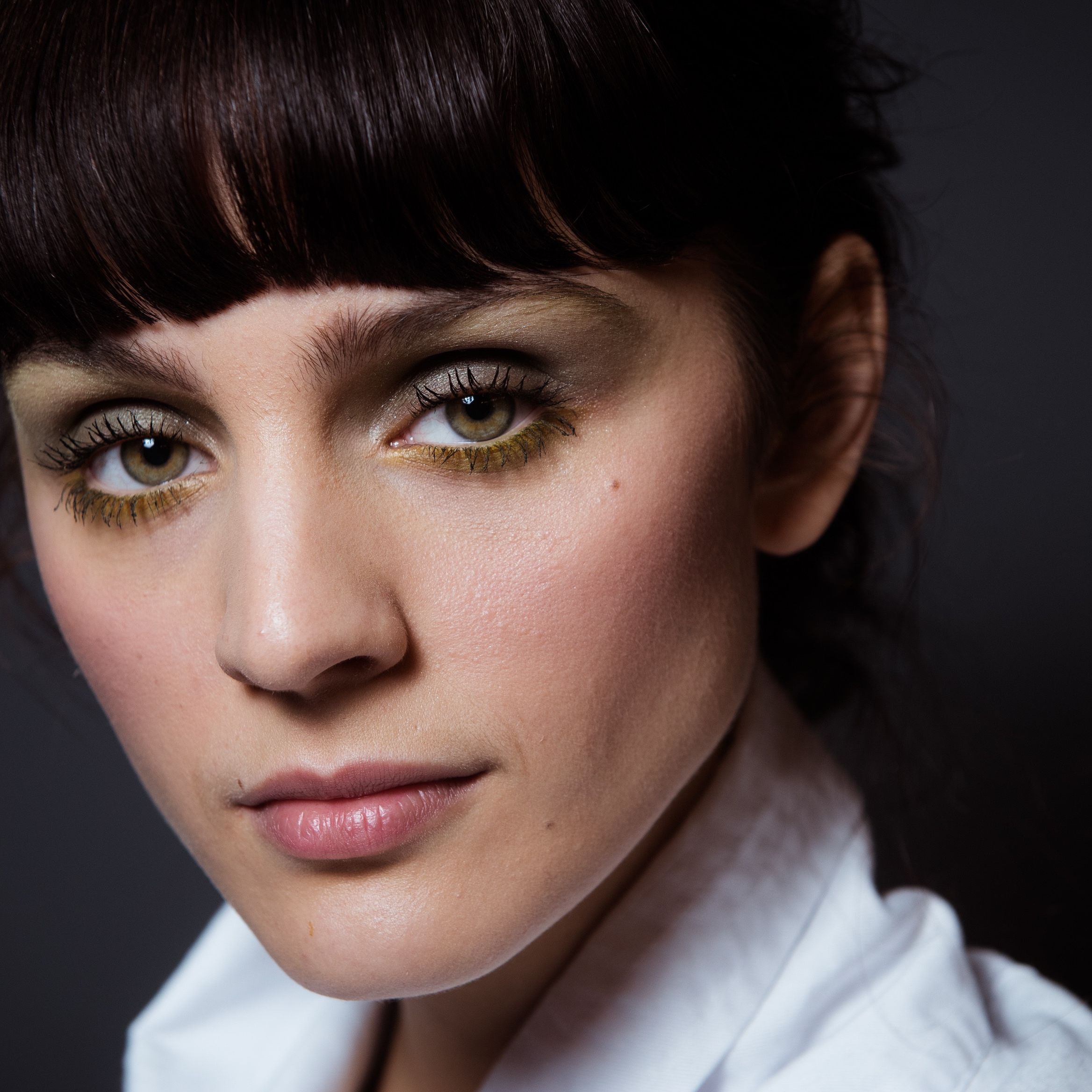
Once upon a time, dermaplaning (a.k.a. the process of shaving peach fuzz off the face) was a cosmetic procedure reserved for professionals. You would book an appointment with your dermatologist or at a spa and lay still while a trained expert took a scalpel to your skin. But with at-home dermaplaning tools becoming more popular over the past few years, it’s now possible, easy, and safe to get the same skin-smoothing, glow-boosting results from the comfort of your bathroom.
Of course, facial hair removal is not something you need to do, and having facial hair is completely natural. "Facial hair, from a biological perspective, protected against the elements, helping to shield the skin from sun exposure and reduce the risk of sunburns," says Divya Shokeen, M.D., FAAD, and board-certified dermatologist. "Additionally, hair can trap dust and allergens before they enter the respiratory system, offering a form of filtration, especially around your eyes."
Removing facial hair, however, is completely safe—though there is a right and wrong way to do it. Keep reading to ensure you have all the facts straight and proper tools before picking up a blade. Dr. Shokeen, fellow dermatologist Joyce Park, M.D., FAAD, and @teawithmd on TikTok, and celebrity aesthetician Kristin Gunn break down everything you need to know—and disprove a handful of dermaplaning myths.
What Is Dermaplaning?
“The concept behind dermaplaning is simple,” says Dr. Park. “It involves taking a scalpel and running it lightly across the surface of the skin to act as an exfoliant and remove dead skin and baby hairs, aka peach fuzz.” The little hairs, which are technically called vellus hairs, will clump together as they’re shaved away. It’s oddly satisfying, FYI. This procedure can be done in a professional setting, but there are also dozens of at-home tools that can help you get the same results.
How to Dermaplane
Dr. Shokeen says that when you're dermaplaning at home, there's no need to play professional. Instead, "look for dermaplaning tools specifically designed for at-home use, which typically feature a safety guard to help minimize the risk of cuts." She adds that it's best to use products from reputable, established skincare brands, and to follow the instructions on the packaging exactly.
Once you're ready to go, Gunn advises, "Always start with freshly cleansed skin. This helps to prevent the spread of any bacteria that can cause acne. Let the skin air dry as well. It’s much harder to dermaplane moist skin. Be sure to avoid dermaplaning any areas with active acne."
She then says to pull the skin upwards with the tool at a 45-degree angle and use gentle, light strokes to remove hair. She warns, "Too much pressure can cause sensitivities, so stay light and feathery."
Furthermore, she says that she likes to start in the ear area, working down toward the jawline and inwards toward the cheek, saving the brow area for last. She adds that you can also dermaplane your neck, but says to wait until you're more experienced first (and to patch test), as this area is thinner and more sensitive than the face.
What Are the Benefits of Dermaplaning?
The benefits of dermaplaning are largely cosmetic. “Dermaplaning is said to make the skin appear brighter, make makeup go on smoother, and help skincare products penetrate more deeply,” explains Dr. Park. Dr. Shokeen says that this is because dermaplaning exfoliates skin and, because it creates a smoother, hairless surface, it allows makeup to sit more evenly across the skin. Gunn even compares the effects of dermaplaning to "what sanding a wall does prior to painting."
To keep these benefits in the long run, you’ll need to do a fair amount of upkeep. For best results, dermaplaning should be done once per month.
Is At-Home Dermaplaning Safe?
The short answer: Yes. But to avoid cutting yourself or getting an infection, make sure to follow instructions and use one of the best at-home dermaplaning tools. “It’s safe to do at home as long as you have the right tools and you use a safe technique,” agrees Dr. Park. She also says to make sure your tool is disinfected (cleaning instructions will differ depending on your device), and wear gloves during the process.
Dr. Shokeen warns, "Using sharp blades close to the skin poses a risk of cuts, nicks, and irritation. Ensuring that tools are clean and sterile is crucial to prevent infections."
During the process, remember that nothing should feel painful or uncomfortable—if it does, take it as a sign to stop. Once you’re done shaving your face, make sure to follow up with a fragrance-free moisturizer, as fragrances can irritate freshly-shaved skin.
Can All Skin Types Dermaplane?
While dermaplaning is generally safe, those with active acne should take extra caution. “Dermaplaning helps to get rid of dead skin cells by lightly exfoliating the skin, which actually can be beneficial for acne,” says Dr. Park. “But—and this is a big but—if you have inflamed cystic or pustular acne lesions, wounds, or openings in the skin, do not dermaplane over them because the bacteria can get spread by the blade.” Anyone with a rash, cut, cysts, or open wounds should avoid dermaplaning as well.
Dr. Shokeen also says, "No clinical evidence supports the idea that dermaplaning directly improves acne; it might irritate existing acne," so this option may not be the best route for that skin type.
Will My Hair Grow Back Thicker After Dermaplaning?
It’s time for some myth busting: shaving your peach fuzz is not going to make your hair grow back thicker or fuller—it’s a common misconception. Dr. Park explains that your hair density is mainly determined by hormones and genetics.
"Your hair follicle sits deep under the skin," adds Gunn. "When you shave, you’re actually cutting the hair off at the base, which might be thicker than the ends. You aren’t altering the follicle at all. This means your hair will grow at the same rate, width, and texture as before. There is no evidence to support that dermaplaning can cause a textural change to hair regrowth.
"That in mind, your hair may feel thicker because it’s growing back at an angle with a blunt edge (because you cut it off).
The Best At-Home Dermaplaning Tools
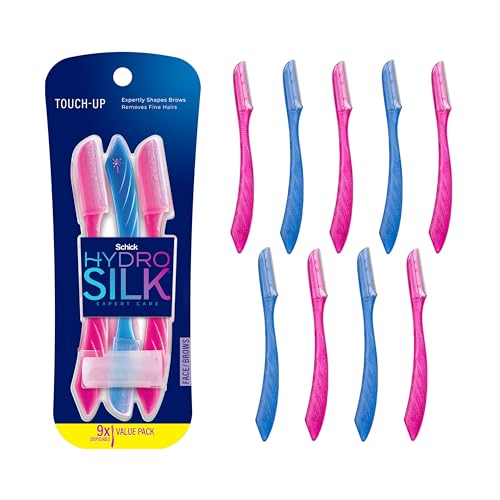
Dermaplaning doesn't need to break the bank. Gunn recommends this tool from Schick, explaining, "The Schick Hydro Silk Touch-Up tool is effective at removing hair and exfoliating your skin. You can use it every couple of weeks for smooth skin that lasts. It also creates the perfect canvas for your products to absorb deeper and more effectively."
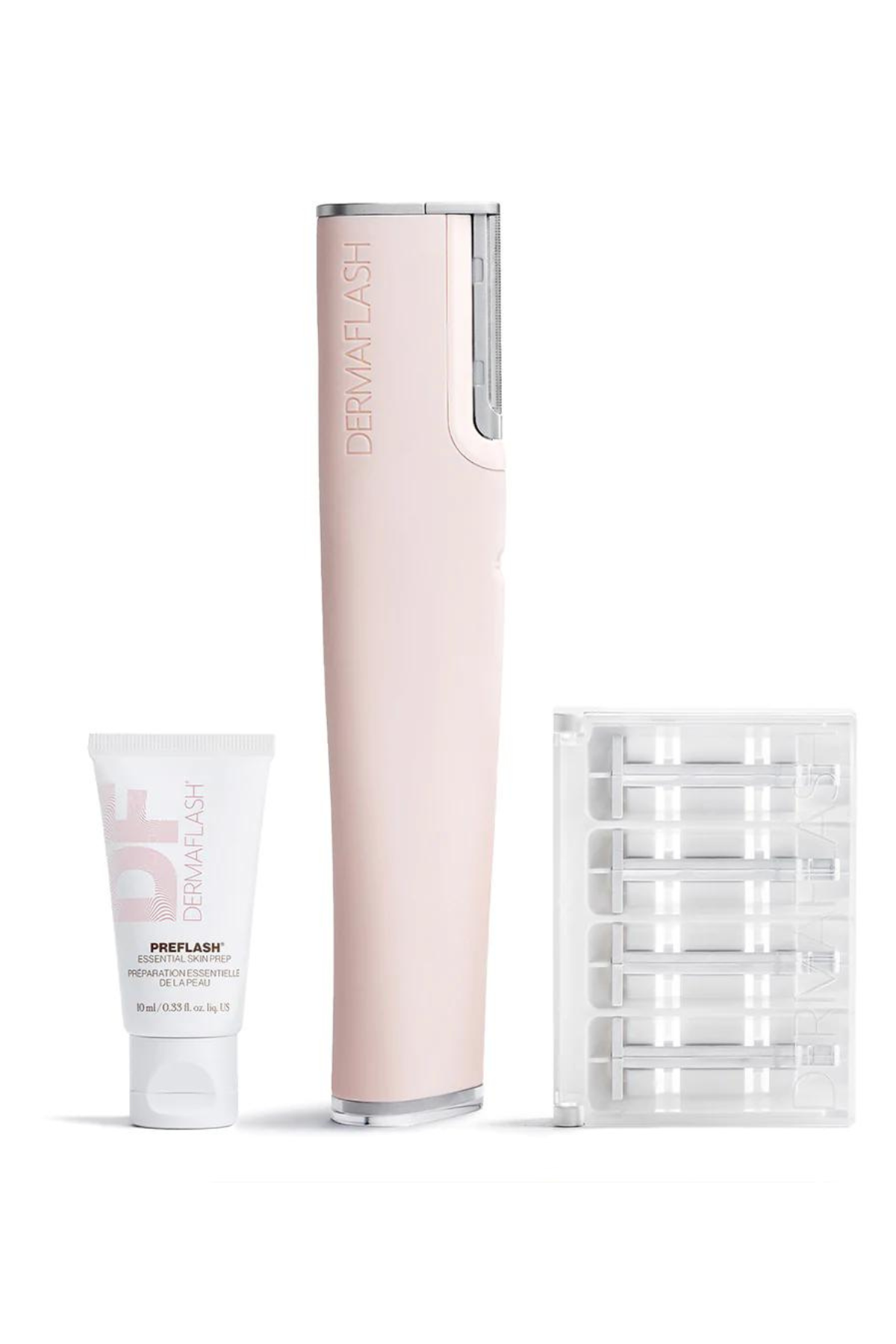
This baby is the gold star of dermaplaning devices. It’s an electronic tool that gets every last little hair in a gentle and efficient manner. The best part about this bundle? It comes with the brand’s preflash cleanser, which is the ultimate way to prep the skin before a treatment. Unlike a normal face wash, this leaves your skin impeccably clean and feeling taught—the ideal condition for a dermaplaning treatment.
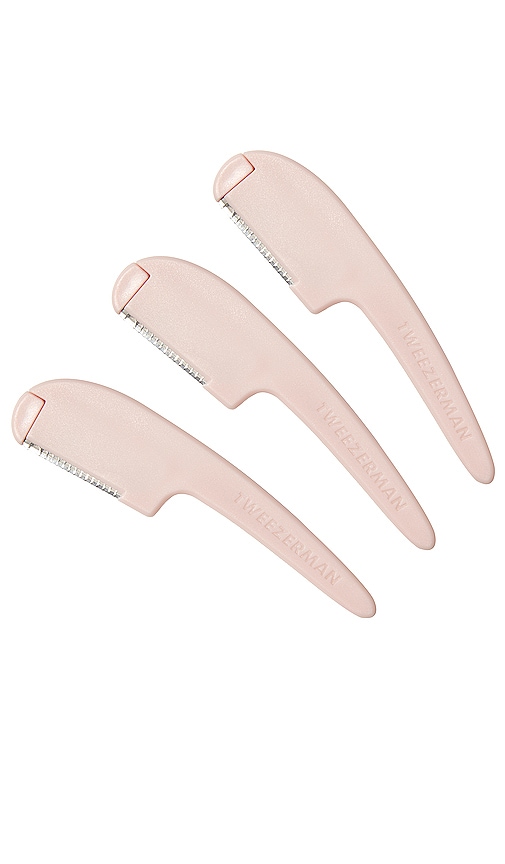
This set of three razors promises to safely remove hair without irritating skin—but it's better for experienced users than beginners. Gunn says Tweezerman's Prep & Plane Razor is super easy to use with a little learning curve. Its compact size makes it great for travel or carrying in a bag. This one also doesn’t seem to cause any discomfort or redness.
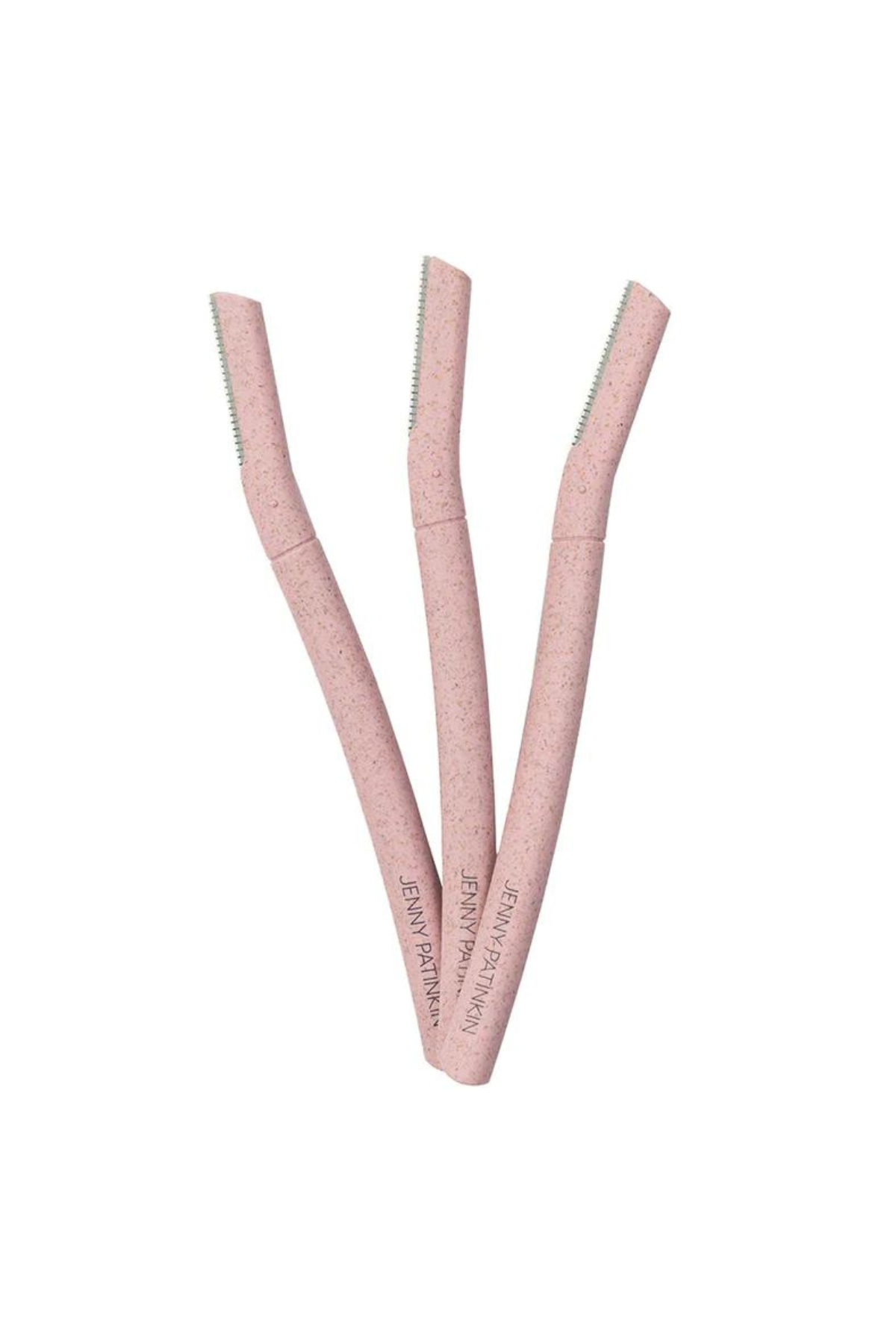
If you’re always in a constant battle with your upper lip hair, it’s due time you scoop up this dermaplaner from Jenny Patinkin. These aren’t electric or battery powered, so you can use them anytime, anywhere. The blade is super narrow, making it perfect for shaving small spots. Editor’s note: These are perfect for getting the little hair in between your eyebrows, too.
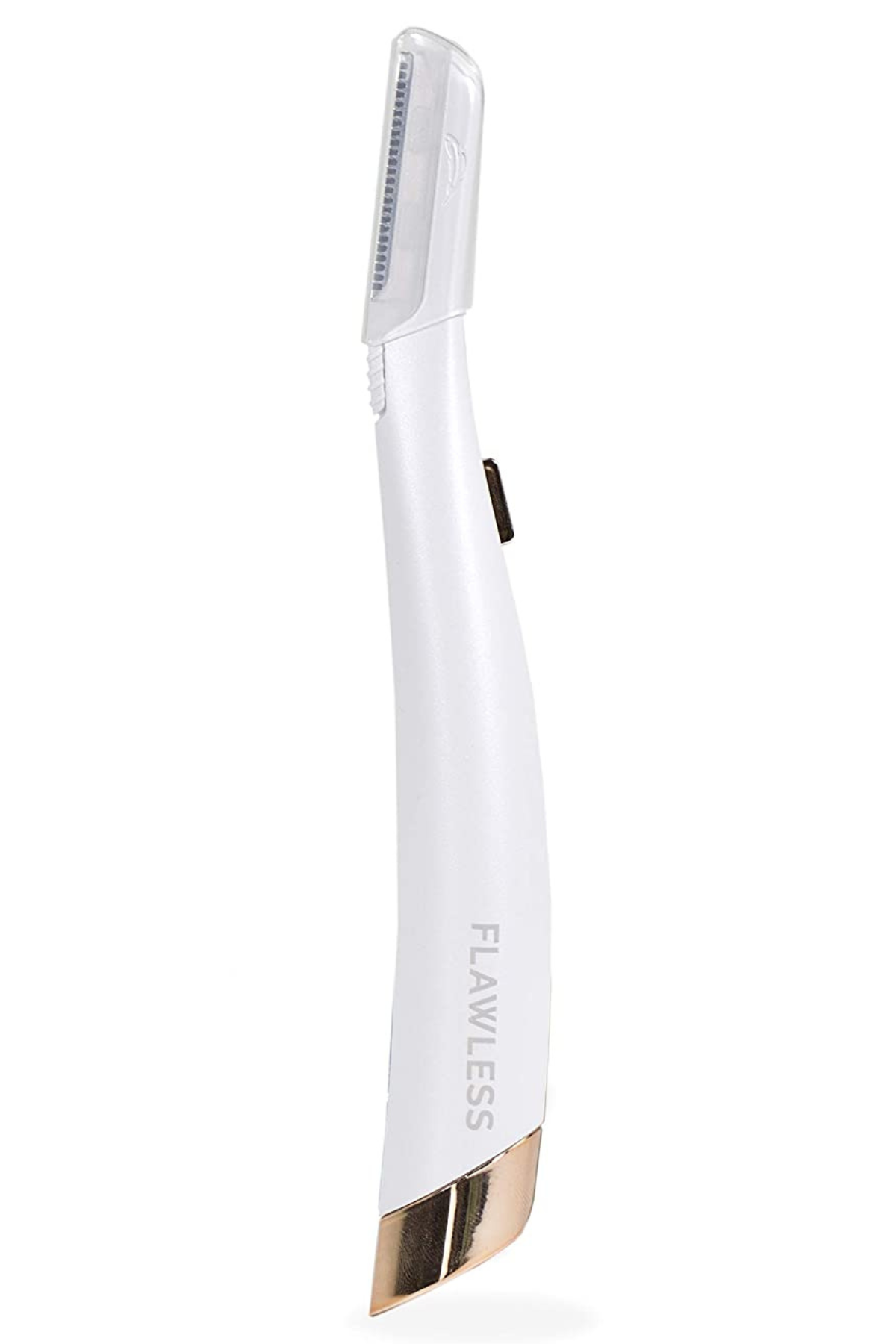
While dermaplaning is fairly intuitive, this Emma Roberts-approved tool makes it nearly impossible to miss a spot. It’s equipped with a built-in LED light so you can see every itty-bitty fuzz on your face. There’s also a built-in safety guard, so cuts and nicks are virtually out of the question.
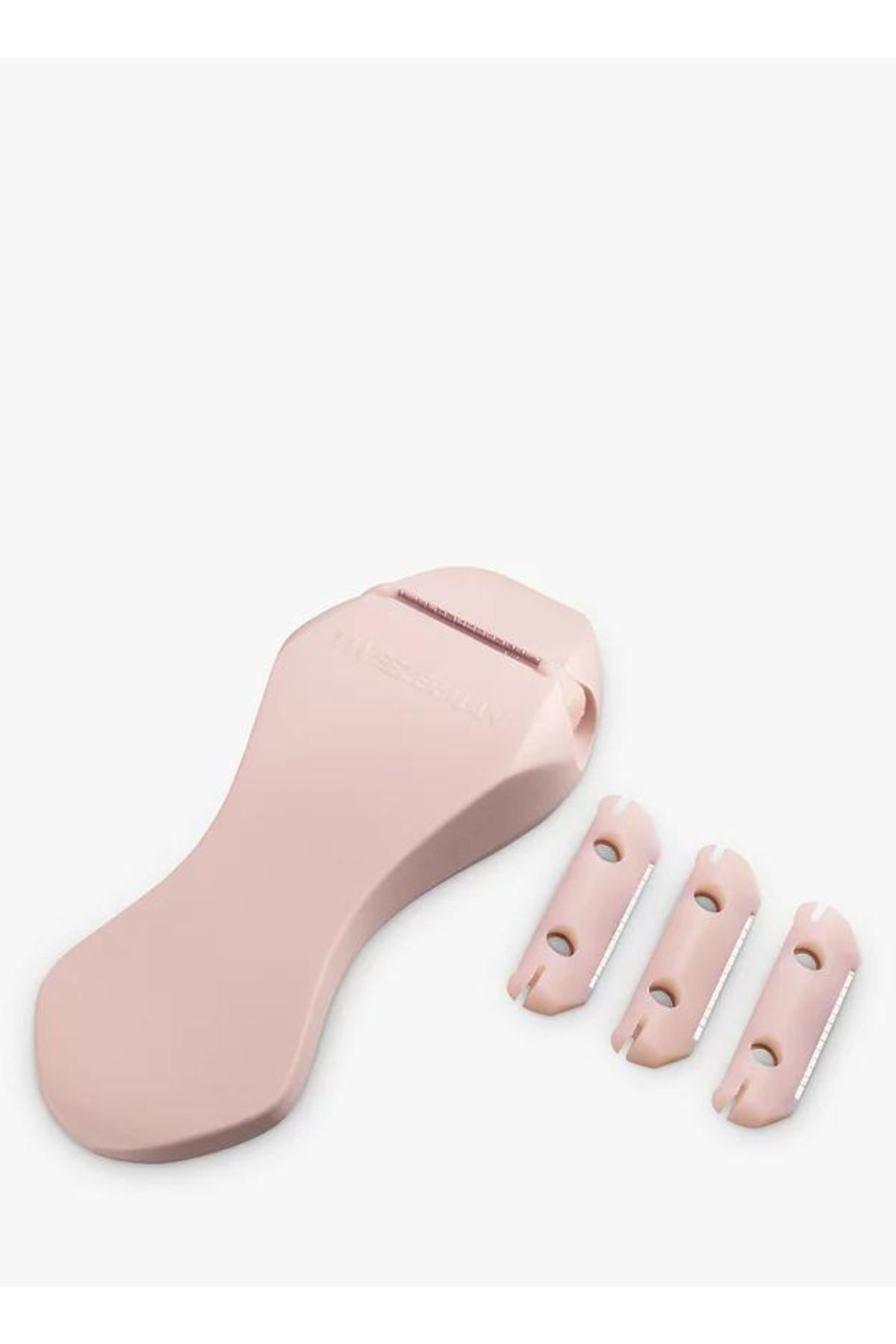
Want to remove all your facial hair? This Tweezerman kit is the way to go. The tool is on the larger side, making it very easy to hold. The blades (three come in a pack) are easy to insert, too. While this tool certainly has its pros and works perfectly for large spaces like the cheeks, chin, forehead, you might want to use a smaller device for tiny spaces. Another note: While many dermaplaners are best used on dry skin, this one should be used on damp skin.
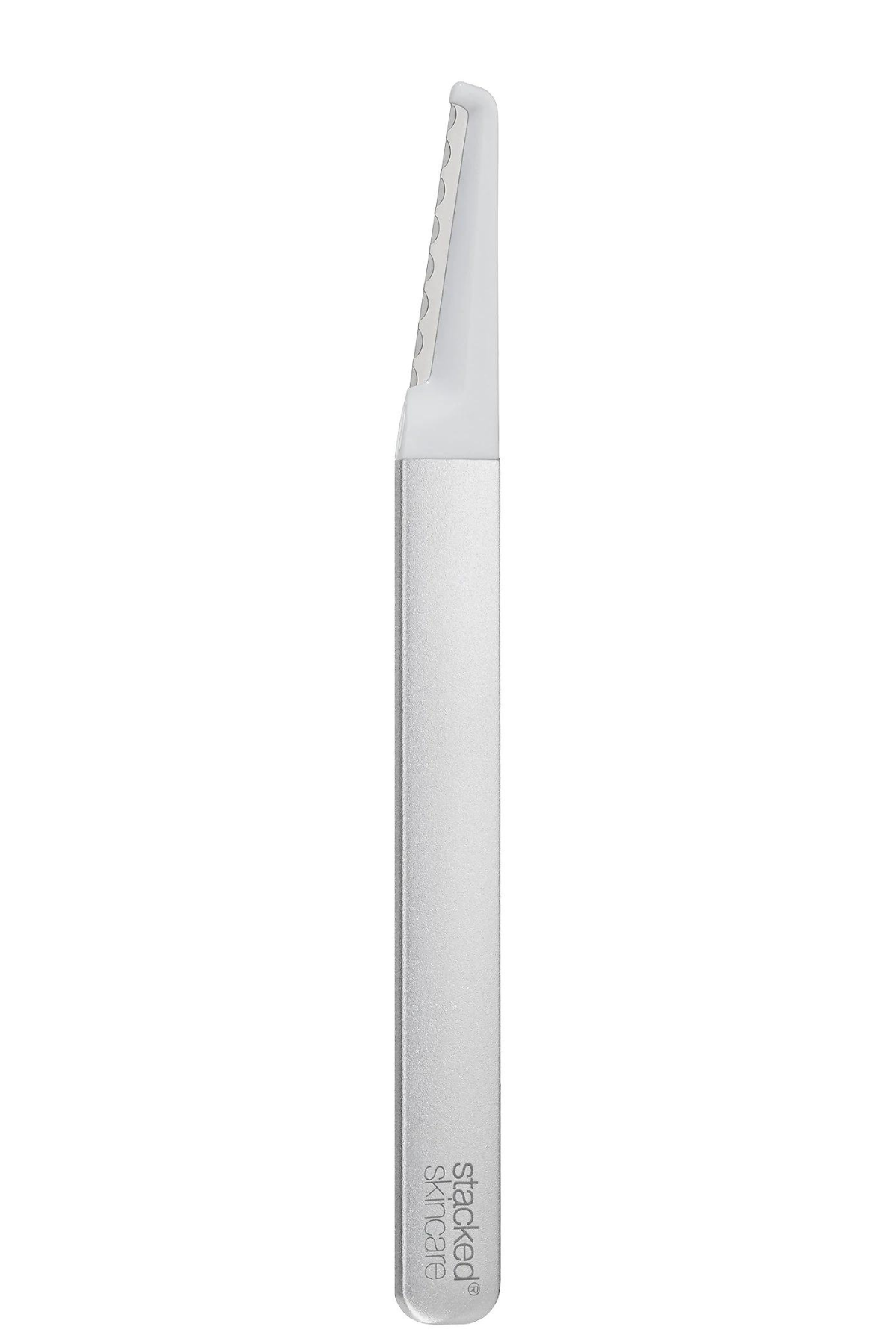
In the short term, dermaplaning is going to make your skin feel soft as a baby’s. But in the long term? You’ll likely start to notice less clogged pores (goodbye, blackheads) and a more even skin tone. To experience all of the above, scoop up this Stacked Skincare tool, which will help with exfoliation and slough away dead skin cells. The aluminum handle is a bit weighted, making it much easier to control your movements. There’s no slipping, and as a result, no cuts or nicks.
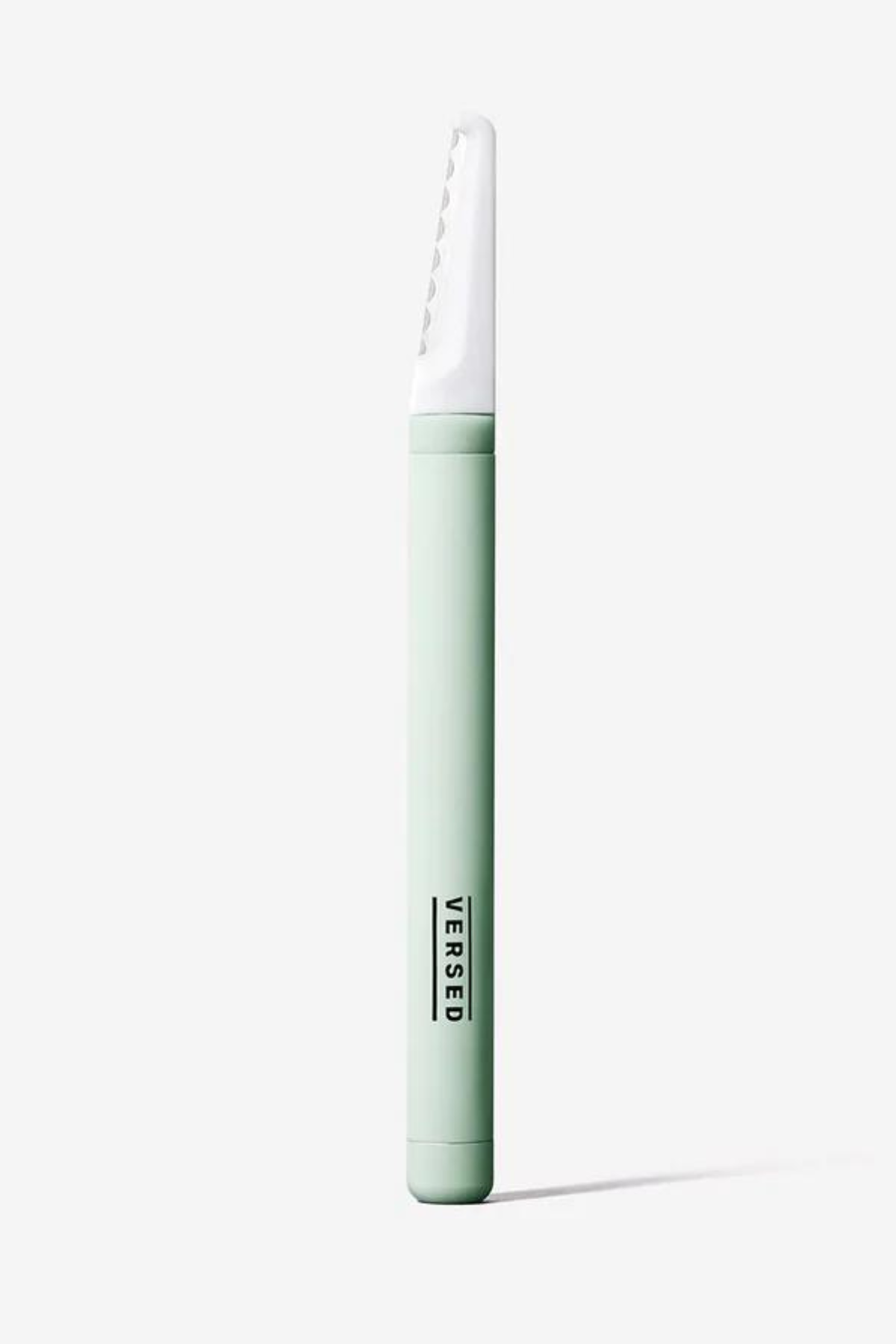
Using a sharp blade is one of the most important factors for a close, clean shave. While you certainly can use a fresh one every time you shave your face, the Versed blades will last you up to four shaves. Just please, please, please clean your blade before and after every use.
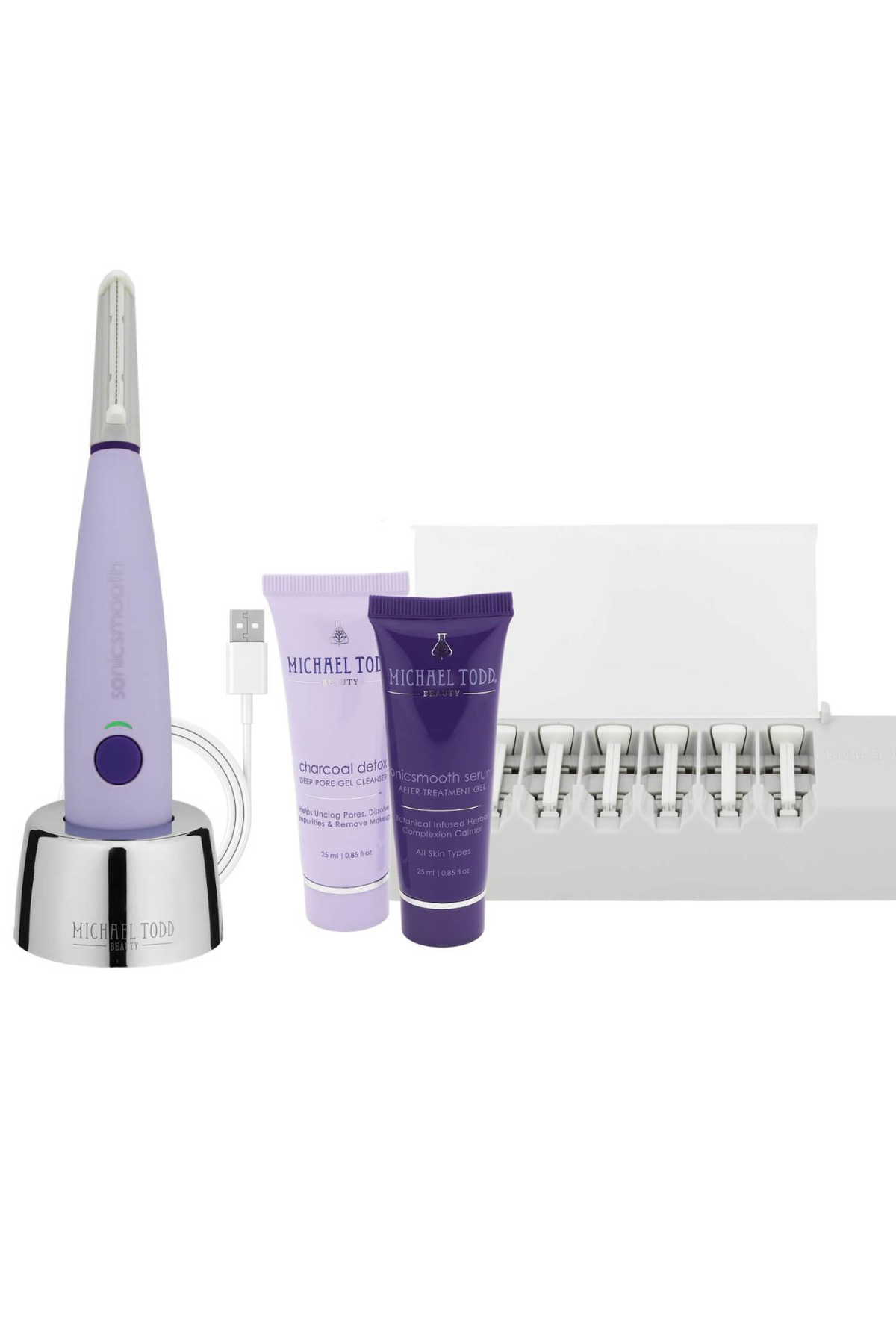
This kit makes dermaplaning easy. It has everything you could possibly need: A pre-treatment wash, battery powered device, extra blades, and a post-treatment soothing gel. The main allure though is that this baby is completely customizable. There are three speeds to choose from. If you’re more comfortable starting out slow or are trying to focus on a small space, opt for the slowest setting. If you’re an at-home dermaplaning pro, crank it up to speed three.
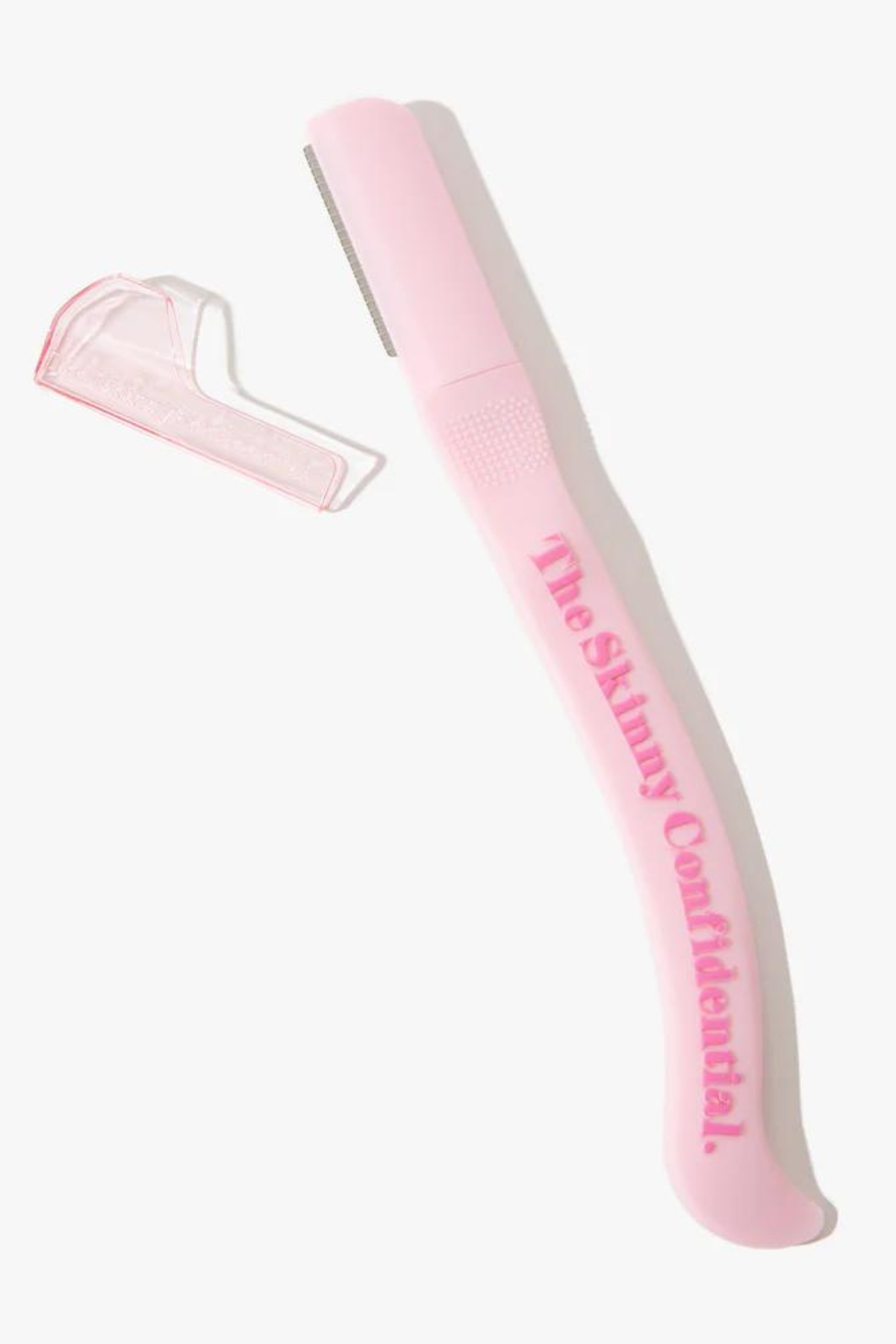
This face shaving tool looks just as fabulous as it works. I’m personally obsessed with the unique handle. It has a curved rod and a finger divot, making it super easy to hold. After using this once, I was hooked. The post-shave glow is too good.







